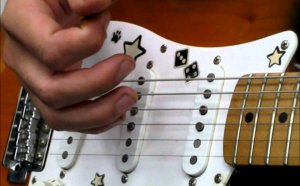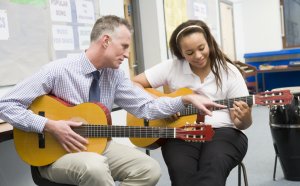
Music History lessons
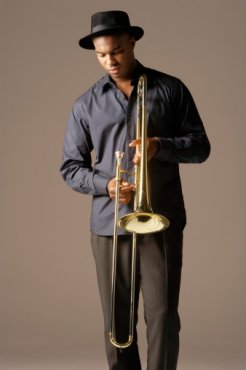
February is Black History Month. Explore the many contributions of African-Americans with several cross-curricular lessons, printables, quizzes, and activities below! Utilize these resources for grades K-12.
Students learn the structure of the blues stanza, both in music and in the blues-based poems of Langston Hughes. This set of lessons is divided into grades K–2, 3–5, 6–8, and 9–12. Younger students compose their own three-line blues poems. Older students listen for details of the Great Migration in recordings of rural and urban blues from Smithsonian Folkways.
Additional Lesson Plans:
Grades: 11-12
|
Topic: |
Women of the Blues |
|
Content: |
How the music of Blues woman reflected history and helped to change it. |
|
Goals: |
1. To understand the lives of African Americans after reconstruction. 2. To have a understanding of how their lives are reflected in the music of the blues. 3. To understand how the music may have been an instrument for change. |
|
Objectives: |
1.Students will learn about the time period after reconstruction for African Americans 2.Students will understand the equal importance of the common voice in addition to the intellectual voices of the day. 2.Students will recognize important themes in the music and how they could have affect change. 3. Students will think about how they can use art to affect change. They will create a piece of art work that reflects something they would like to change in the world. |
|
Materials: |
Background info on African Americans after reconstruction, Information on two schools of thought from the Harlem Renaissance and the Women of the Blues, Songs with themes that reflect what was happening during that time period. |
|
Introduction: |
Pre-activity – Students pretend they are a newly freed slave. We will discuss what things would be important to them now that they are free. Are there problems over because they have been given their freedom? Think of how art affect change. Do some research and be prepared with examples. |
|
Development: |
1. An introduction about the end of reconstruction and what life was like for African Americans. 2. Presentation of two different expressions of African Americans – high art and the blues. 3. Presentation of Women of the Blues music 4. Dicussion of themes as possible change agents |
|
Practice: |
1. Before each song, students will listen for a theme in the music and tell how if reflects African Americans current situation and/or if an agent for change. A discussion of naming before the songs are presented. |
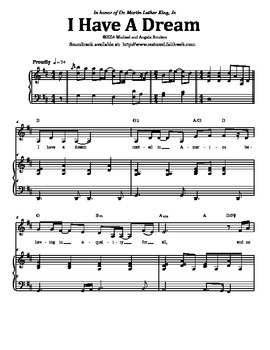
Accommodations: |
Handouts for students needing more guidance for post activity. |
|
Checking For Understanding: |
By asking students to give feedback about the themes and how music affects change. |
|
Closure: |
Review of post activity and where to submit art work. |
Grades: 9-12
Overview and Purpose: American history is full of many great black musicians that performed between 1900 and 1950. In this activity, students prepare a Power Point presentation about the life of one of them.
Objective: The student will be able to present a report on a black musician who performed between 1900 and 1950.
Resources:
- List of various black musicians from the first half of the 20th century
- Internet access for each student
- Various props the student may need to present their report
Activities:
Have students choose a black musician from the list (or they can find one on their own). Have them research the musician’s life and musical career and present a Power Point presentation about them. The students should include information about the musician’s personal life, style of music, professional accomplishments, and community or social involvement.
Wrap Up:
The classroom could be turned into an old-fashioned nightclub to set the atmosphere for the student’s presentations. Students could also be encouraged to dress and talk in the style of the day that their musician lived.
Grades: 6-8
Overview and Purpose: In this activity, students examine Negro spirituals and consider whether they contained hidden messages about escape routes to freedom.
Objective: The student will be able to explore the lyrics to Negro spirituals and examine how they could have been used to communicate escape routes to slaves.
Resources:
- Copies of Negro spirituals
- Internet access for each group of students
Pass out the lyrics of Negro spirituals to your students. Read through them as a class and have the students try to point out phrases that may have been codes for the slaves. Divide the class into groups and have them research the spirituals to see if they chose the correct phrases. Come back together as a class and discuss their findings.
An extension of this activity could be to have the students work together to write their own coded message in a song that only you and them will understand.
Note: There is some debate among scholars and historians as to whether Negro spirituals contained coded messages or just offered hope of a better life.
SOURCES:
By Phil Nast, retired middle school teacher and freelance writer
By Daniella Garran
YOU MIGHT ALSO LIKE



Share this Post
Related posts
Folsom Prison Blues Guitar Lessons
Grab your electric guitar, strap, amp, and your pick and check out this free guitar lesson. This video tutorial will teach…
Read MoreBest acoustic Guitar lessons for Beginners
When you find yourself in the market for a guitar the options can be mind-bending. There are a lot of great guitars out there…
Read More
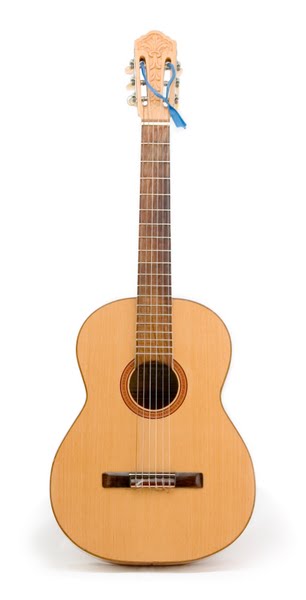 The guitar is a plucked string instrument, usually played with fingers or a pick. The guitar consists of a body with a rigid neck, to which the strings, generally six in number, are attached. Guitars are traditionally constructed of various woods and strung with...
The guitar is a plucked string instrument, usually played with fingers or a pick. The guitar consists of a body with a rigid neck, to which the strings, generally six in number, are attached. Guitars are traditionally constructed of various woods and strung with...
